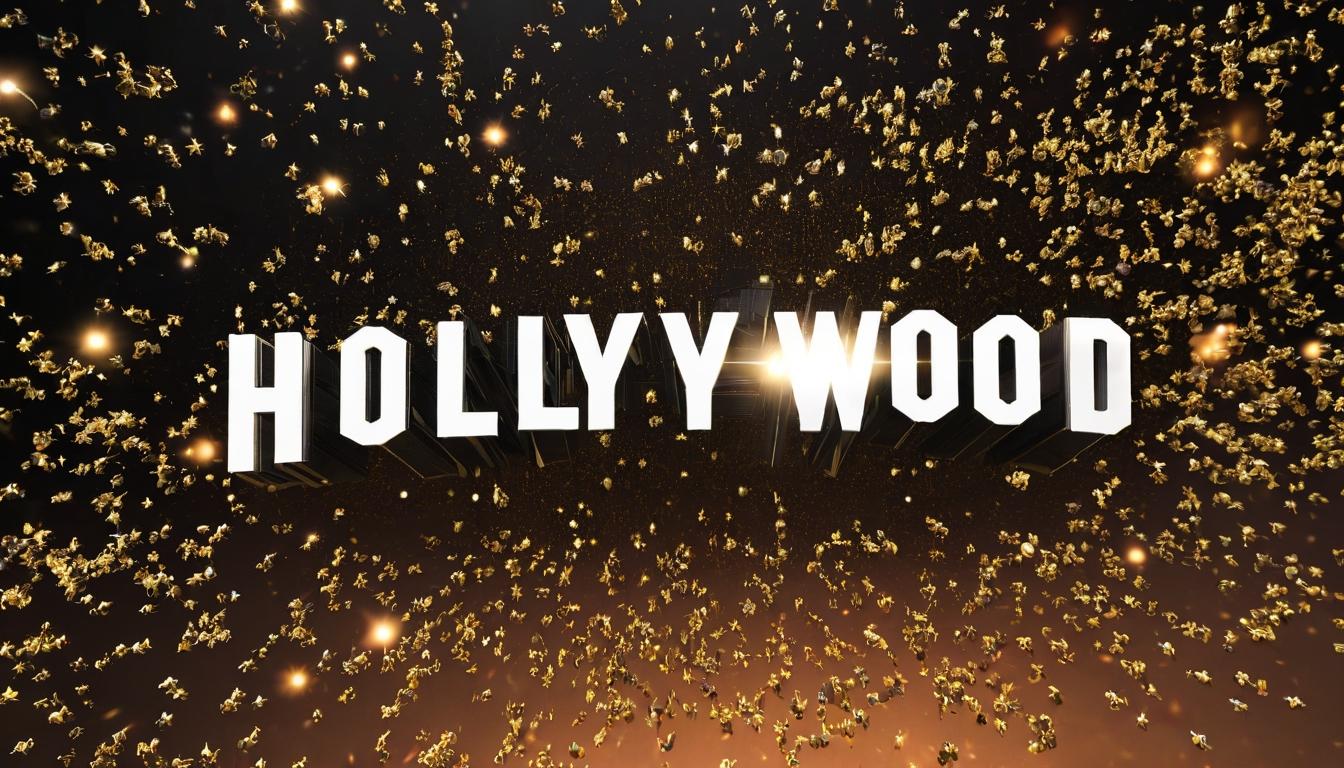In an era dominated by digital wizardry, a quiet revolution is unfolding behind the scenes of Hollywood's biggest productions. While CGI continues to push boundaries, a growing number of filmmakers are rediscovering the visceral power of practical effects—the tangible, physical magic that defined cinema's most memorable moments for decades. This isn't nostalgia; it's a calculated return to authenticity that audiences can feel in their bones.
The shift became noticeable when directors like Christopher Nolan and Denis Villeneuve began speaking openly about their preference for in-camera effects. Nolan's insistence on practical explosions in "Oppenheimer" and Villeneuve's massive real-world sets for "Dune" represent more than directorial preference—they signal a fundamental reassessment of what makes cinematic moments truly land with viewers. The results speak for themselves: films leaning heavily on practical effects consistently score higher with both critics and audiences on platforms like Rotten Tomatoes and IMDB.
What's driving this return to physical filmmaking? Industry insiders point to audience fatigue with weightless CGI spectacles. When everything is possible digitally, nothing feels special. The tangible quality of practical effects—the real dust, real fire, real physics—creates an unconscious connection that pure digital work often lacks. This isn't to say CGI is disappearing; rather, it's being used more strategically to enhance rather than replace physical elements.
The economic calculus has shifted too. While practical effects require significant upfront investment, they often prove more cost-effective in the long run. Digital artists working on films like "Mad Max: Fury Road" found that enhancing practical elements required less time and produced more convincing results than building entire sequences from scratch. This hybrid approach is becoming the new industry standard among top-tier productions.
Behind the scenes, special effects houses are experiencing a renaissance. Companies that maintained traditional craftsmanship through the digital revolution are suddenly in high demand. The knowledge passed down from masters to apprentices—how to safely create explosions, build animatronics, or choreograph complex physical stunts—is becoming valuable currency again. This preservation of practical skills represents an important cultural victory for film preservationists who warned that digital dominance could erase entire disciplines of filmcraft.
Audience metrics from platforms like IMDB Pro and box office analysis from Variety show a fascinating pattern: films promoting their practical effects in marketing campaigns consistently outperform expectations. The behind-the-scenes featurettes showing real stunts and physical sets have become powerful marketing tools, creating buzz that pure CGI demonstrations rarely match. This audience appetite for authenticity extends beyond cinephiles to general moviegoers who may not consciously recognize practical effects but feel their impact.
The environmental consideration cannot be overlooked either. While CGI might seem like the greener option, the massive server farms required to render complex digital effects consume enormous energy. Practical effects, when designed thoughtfully, often leave a smaller carbon footprint—a factor increasingly important to studios facing pressure to adopt sustainable practices.
This practical effects renaissance isn't limited to big-budget films either. Independent filmmakers, as covered extensively by IndieWire, are finding creative ways to incorporate physical effects on smaller budgets. The accessibility of high-quality camera equipment means that impressive practical work no longer requires studio-level resources. This democratization of effects technology is leading to some of the most inventive filmmaking in years.
Looking ahead, the most successful films will likely be those that strike the perfect balance between practical and digital. The magic happens in the seamless integration—where audiences can't tell where the physical world ends and the digital one begins. This marriage of old and new techniques represents the true future of cinematic storytelling.
The evidence from critic aggregators like Rotten Tomatoes suggests that reviewers are particularly responsive to well-executed practical effects. Films that showcase visible craftsmanship often receive more nuanced reviews, with critics appreciating the tangible artistry on display. This critical appreciation frequently translates into awards recognition, particularly in technical categories where practical effects work is increasingly celebrated.
What began as a niche preference among certain directors has grown into a full-fledged movement. From the sandworms of "Dune" to the practical sets of "The Batman," filmmakers are proving that sometimes the old ways are the best ways. In an age of digital overload, the physical, the real, the tangible—these are becoming cinema's most valuable commodities.
The hidden renaissance of practical effects in modern blockbusters

